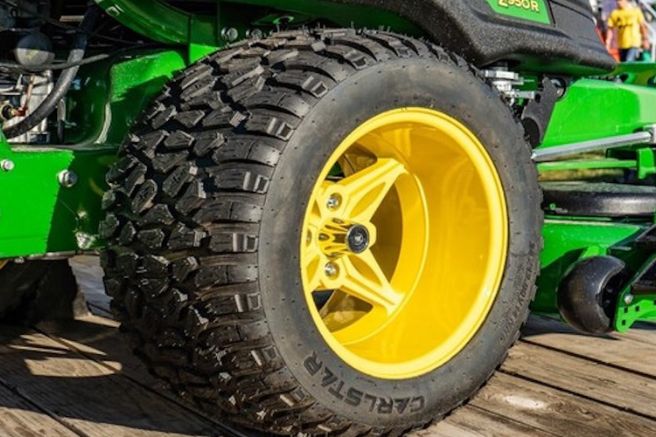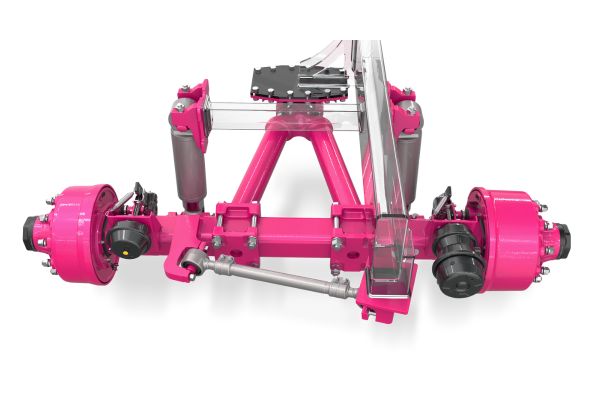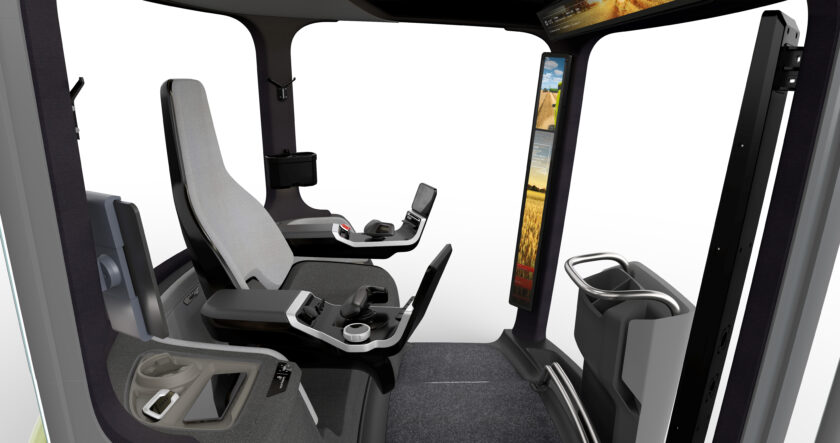
It is a common belief that next-generation harvesting machines and tractors will feature operational autonomy standards that could make the operator’s presence on board unnecessary. In reality, the operator will still monitor the work site from aboard the machine, but there will undoubtedly be periods where they will have little to do. Hence, Claas’s idea to enable operators to perform other activities besides those specifically related to the current work by redesigning the cabins to transform them into real mobile offices.
Two working hypotheses have been developed by the Claas research center and two proposals were showcased in Hannover last November. The research project “Cab 4.0 – OnField” envisions machine management using the latest technologies, the same that will be used to eliminate the steering wheel in favor of a joystick and monitor the external environment with cameras. Images and, more generally, all data that the operator wants to control will be made available on head-up displays and monitors, while the human-machine interface will be based on keyboards and mouse, as well as voice commands.
Claas, new solutions and suite
The operator will also be monitored by an “eye tracker” system, an ocular detector capable of tracking the fatigue status of the person sitting at the wheel, proposing recovery actions if signs of tiredness arise. In such cases, by pressing a button, the operator can adjust the seat position from “work mode” to “relax mode,” which allows them to perform light gymnastic exercises to energize their body, with movements suggested by a head-up display along with useful information for relaxing and reducing stress.
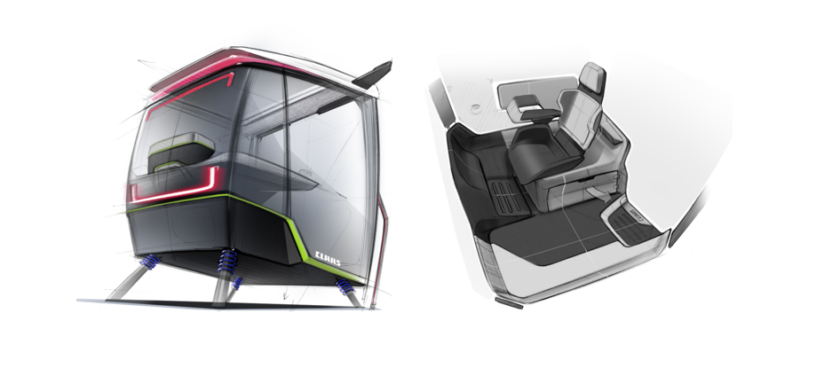
When rotated to “office mode,” the seat will allow optimal control of the onboard displays and positioning of a possible portable tablet with a trackpad between the armrests, enabling the operator to perform office work. For example, they can check email, conduct internet research, plan future activities, or prepare the necessary documentation to certify the work or bill third parties.
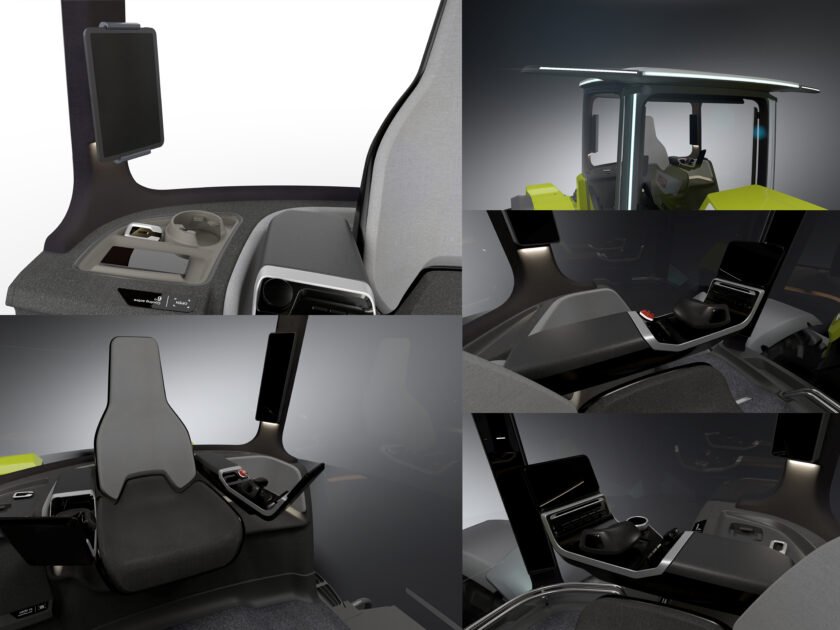
“Cab 4.0” represents a significant evolution of current living spaces, unlike “Cab10Future,” which aims to be the cabin of the future, an even more comfortable workspace featuring a seat that rotates up to 60 degrees in both directions, intelligent and self-adjusting lighting, large monitors, and a cabin design aimed at ensuring the operator has complete and direct visibility of the working areas. To this end, the side pillars are expected to be transparent, the steering wheel will be replaced by specific joysticks, and a set of cameras will display the entire 360-degree working area on the monitors. This area will be illuminated like daylight by a system of high-power LED lights for late-night work or in poor lighting conditions.
Both cabins are obviously actively isolated from the chassis and frames, are automatically climate-controlled, and protected by active filters from liquid, solid, or gaseous infiltrations.
Title: Claas, highly digitalized solutions and suites
Translation with ChatGPT






